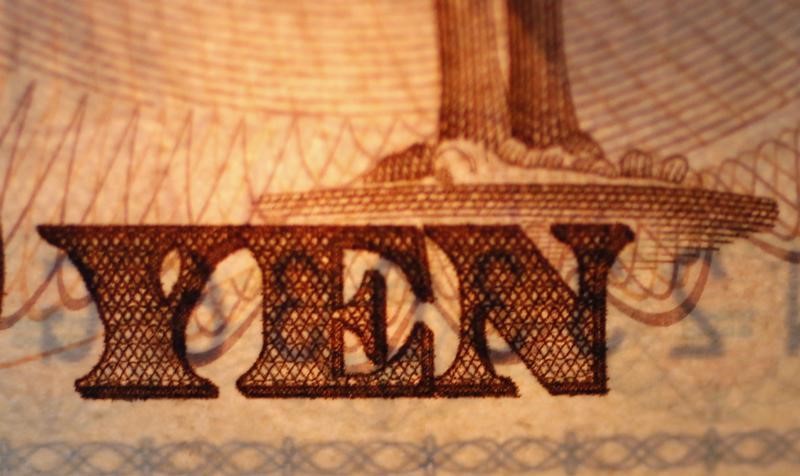Investing.com– Most Asian currencies moved in a flat-to-low range on Monday, remaining under pressure from the prospect of higher-for-longer U.S. interest rates, while the dollar steadied near six-month peaks.
Regional currencies were hit hard by hawkish messaging from the last week, as the central bank warned that a recent resurgence in inflation was expected to potentially invite more rate hikes.
The central bank also said that interest rates will remain higher for longer- a trend that heralds more pressure on Asian currencies, as the gap between risky and low-risk yields narrows.
The and steadied slightly in Asian trade, and were trading just below a six-month peak hit last week. U.S. Treasury yields were also trading at multi-year highs, with the at its highest level since 2007.
Chinese yuan dips on property market jitters, PMIs awaited
The fell 0.1% on Monday, brushing off a slightly stronger daily midpoint fix amid renewed concerns over China’s debt-addled property market.
Real estate giant China Evergrande Group (HK:) warned that it was unable to issue new debt due to a government investigation into its subsidiary Hengda Real Estate Group.
This fueled concerns over a broader debt freeze in the market, which is already reeling from a severe cash crunch over the past three years. Fears of a property market meltdown have also fueled concerns over a broader economic downturn, given that the sector accounts for roughly a quarter of overall Chinese growth.
Focus is now on data for September, due this Friday, for more cues on Chinese business activity.
Concerns over China saw the slide 0.2%, while focus was also on upcoming inflation data due later this week.
Singapore dollar traded flat before key data due later in the day.
The strengthened slightly, benefiting from the prospect of increased foreign capital inflows after India was added to JPMorgan’s emerging market bond index. But the currency remained close to record lows, facing renewed pressure from a recent spike in oil prices due to India’s large dependence on crude imports.
Japanese yen at 10-mth low on dovish BOJ
The moved little on Monday, and was pinned at its weakest level since November 2022 after the reiterated its ultra-dovish stance on Friday.
The BOJ said it had no plans to immediately begin scaling back its monetary stimulus policies, which indicates that Japanese interest rates will remain negative for the near-term.
Negative rates saw the yen depreciate rapidly over the past year, as rising interest rates in the rest of the globe drove capital away from the Japanese currency. Worsening economic sentiment also dented the yen’s appeal for carry trade.
Focus this week is also on data for September, which usually acts as a precursor to nationwide inflation.
Read the full article here



